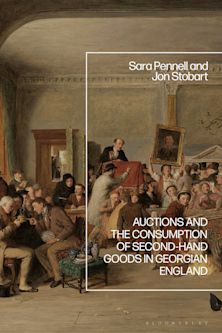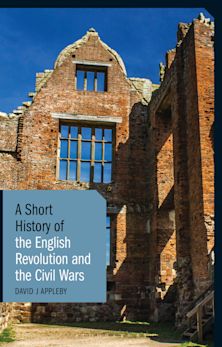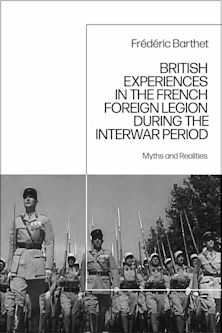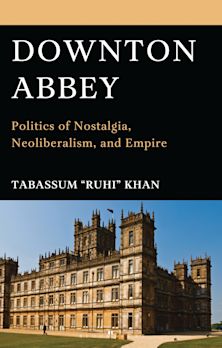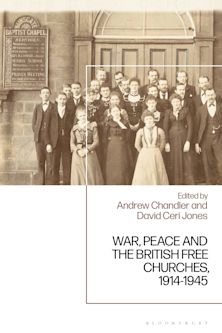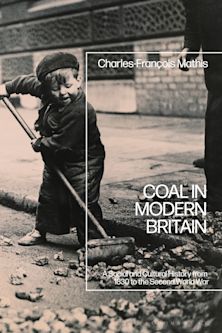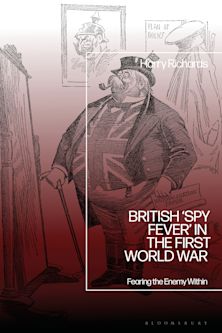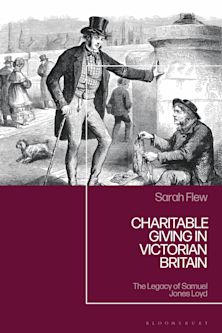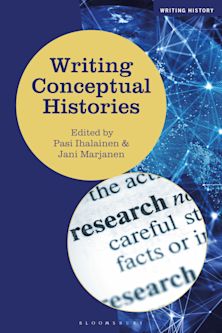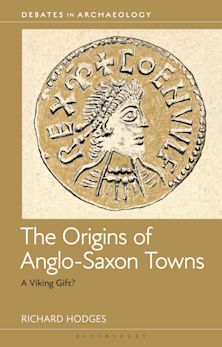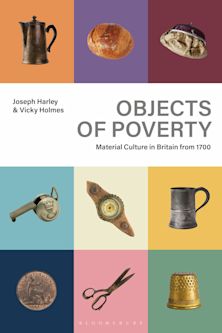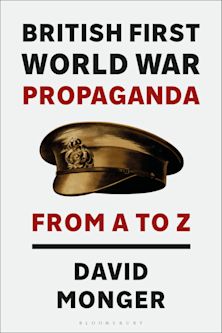- Home
- ACADEMIC
- History
- British History
- English Society in the Later Middle Ages
English Society in the Later Middle Ages
Class, Status and Gender
- Textbook
English Society in the Later Middle Ages
Class, Status and Gender
- Textbook
Inspection copy added to basket
Choose your preferred format. If you would prefer an ebook and it is not displayed below, please visit our inspection copies page.
Please note ebook inspection copies are fulfilled by VitalSource™.
Buy from Bloomsbury eTextBooks
You are now leaving the Bloomsbury Publishing website. Your eBook purchase will be with our partner https://www.vitalsource.com.
Your credit card statement will show this purchase originating from VitalSource Technologies. They will also provide any technical assistance you might require.
You must sign in to add this item to your wishlist. Please sign in or create an account
Description
What was the social structure of England in the period 1200 to 1500? What were the basic forms of social inequality? To what extent did such divisions generate social conflict? How significantly did English society change during this period and what were the causes of social change? Is it useful to see medieval social structure in terms of the theories and concepts produced within the medieval period itself? What does modern social theory have to offer the historian seeking to understand English society in the later middle ages? These are the questions which this book seeks to answer. Beginning with an analysis of class structure of medieval England, Part One of this book asks to what extent class conflict was inherent within class relations and discusses the contrasting successes and outcomes of such conflict in town and country. Part Two of the book examines to what extent such class divisions interacted with other forms of social inequality, such as those between orders (nobility and clergy), between men and women, and those arising from membership of a status-group (the Jews). Dr Rigby's discussion of medieval English society is located within the context of recent historical and sociological debates about the nature of social stratification and, using the work of social theorists such as Parkin and Runciman, offers a synthesis of the Marxist and Weberian approaches to social structure. The book should be extremely useful to those undergraduates beginning their studies of medieval England whilst, in offering a new interpretative framework within which to examine social structure, also interesting those historians who are more familiar with this period.
Table of Contents
Abbreviations
Introduction: Social Structure as Social Closure
PART 1: CLASS STRUCTURE AS SOCIAL CLOSURE
Agrarian Class Structure: Exclusion and Dual Closure
Agrarian Class Structure and the Forces for Change (I)
Trade, Population and the Money-supply (ii)
Usurpationary Closure
Urban Class Structure and Usurpationary Closure
PART 2: ORDER, GENDER AND STATUS-GROUP AS SOCIAL CLOSURE
Order as Social Closure (I)- The Nobility
Order as Social Closure(ii)- The Clergy
Gender as Social Closure: Women
Status-group as Social Closure: the Jews
Social Ideology: Closure Legitimated?
Conclusion
Select bibliography
Bibliography of references.
Product details
| Published | 10 May 1995 |
|---|---|
| Format | Ebook (PDF) |
| Edition | 1st |
| Extent | 424 |
| ISBN | 9781349239696 |
| Imprint | Red Globe Press |
| Publisher | Bloomsbury Publishing |
About the contributors

ONLINE RESOURCES
Bloomsbury Collections
This book is available on Bloomsbury Collections where your library has access.













